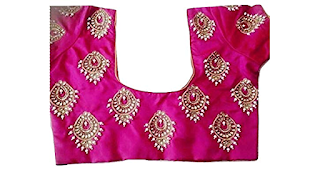Fake It Like a Pro: Top Strategies for Identifying Knockoff fashion item
Spotting a knockoff fashion item can be challenging, as counterfeiters have become increasingly skilled at replicating original designs. However, here are some tips to help you identify potential knockoff fashion items:
1. Price: If a luxury designer item is being sold at an unusually low price, it is likely to be a knockoff. Authentic designer items are typically expensive due to their quality, craftsmanship, and brand value. Keep in mind the general price range for the particular brand or item you're considering.
2. Branding and Labels: Pay close attention to the brand's logo, labels, and tags. Counterfeit items often have misspelled brand names, inconsistent logo designs, or poor quality stitching. Research the official brand's logo and labeling to familiarize yourself with the authentic details.
3. Quality of Materials and Craftsmanship: Counterfeit fashion items are often made with cheaper materials and exhibit lower-quality craftsmanship compared to the original. Inspect the fabric, stitching, and overall construction of the item. Look for signs of frayed threads, uneven seams, or loose buttons, which could indicate a knockoff.
4. Packaging and Presentation: Authentic designer items come with high-quality packaging, including dust bags, authenticity cards, and original packaging materials. Counterfeit products may have poorly made or generic packaging, missing brand-specific details, or lack the overall luxurious presentation of the genuine article.
5. Retailer Reputation: Purchase from authorized retailers or trusted sources. Research the retailer or seller and read reviews or seek recommendations from reliable sources. Be cautious when buying from online marketplaces or unknown sellers, as they are more likely to sell counterfeit goods.
7. Know the Product: Educate yourself about the specific item you're interested in purchasing. Research its unique characteristics, special features, and any known details that differentiate it from replicas. Compare these details with the item you're examining to spot any discrepancies.
8. Trust your Instincts: If something feels off or too good to be true, it probably is. Trust your instincts and be cautious when making a purchase. If you have any doubts about the authenticity of an item, consider seeking expert opinions or advice.
Remember, counterfeiters are constantly evolving their techniques, so it's always a good idea to stay updated on the latest authentication methods used by the brands you're interested in. If you're unsure about the authenticity of a fashion item, it's best to consult with professionals or contact the brand directly for verification.



Comments
Post a Comment